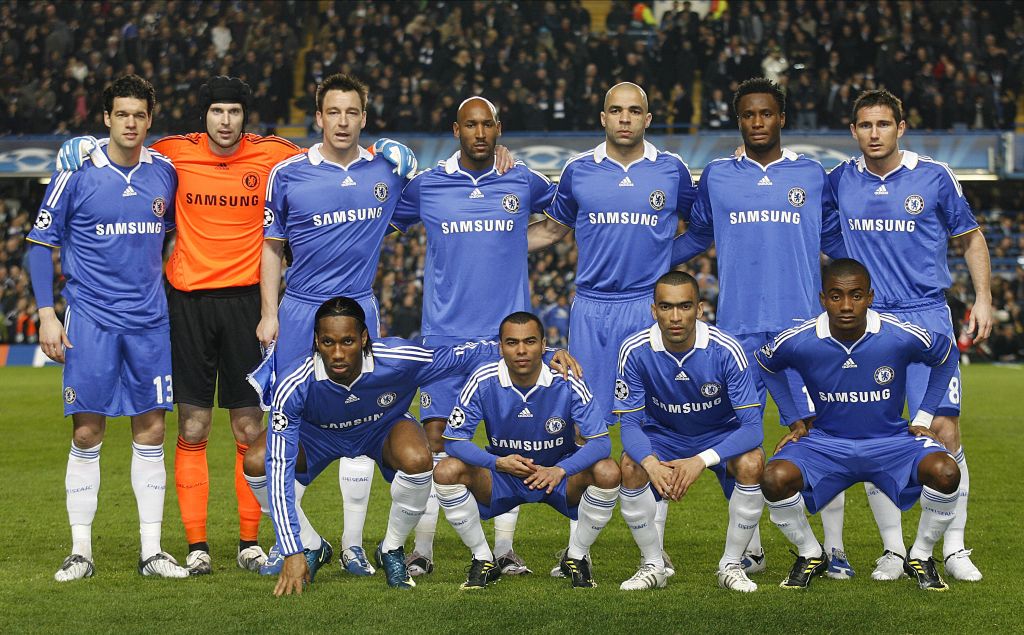Ranked! The 100 best football stadiums in Britain
From Anfield to Oakwell, FFT ranks the best football stadiums by their matchday experience. We’re convinced there’ll be absolutely no arguing about it...
20. Fratton Park
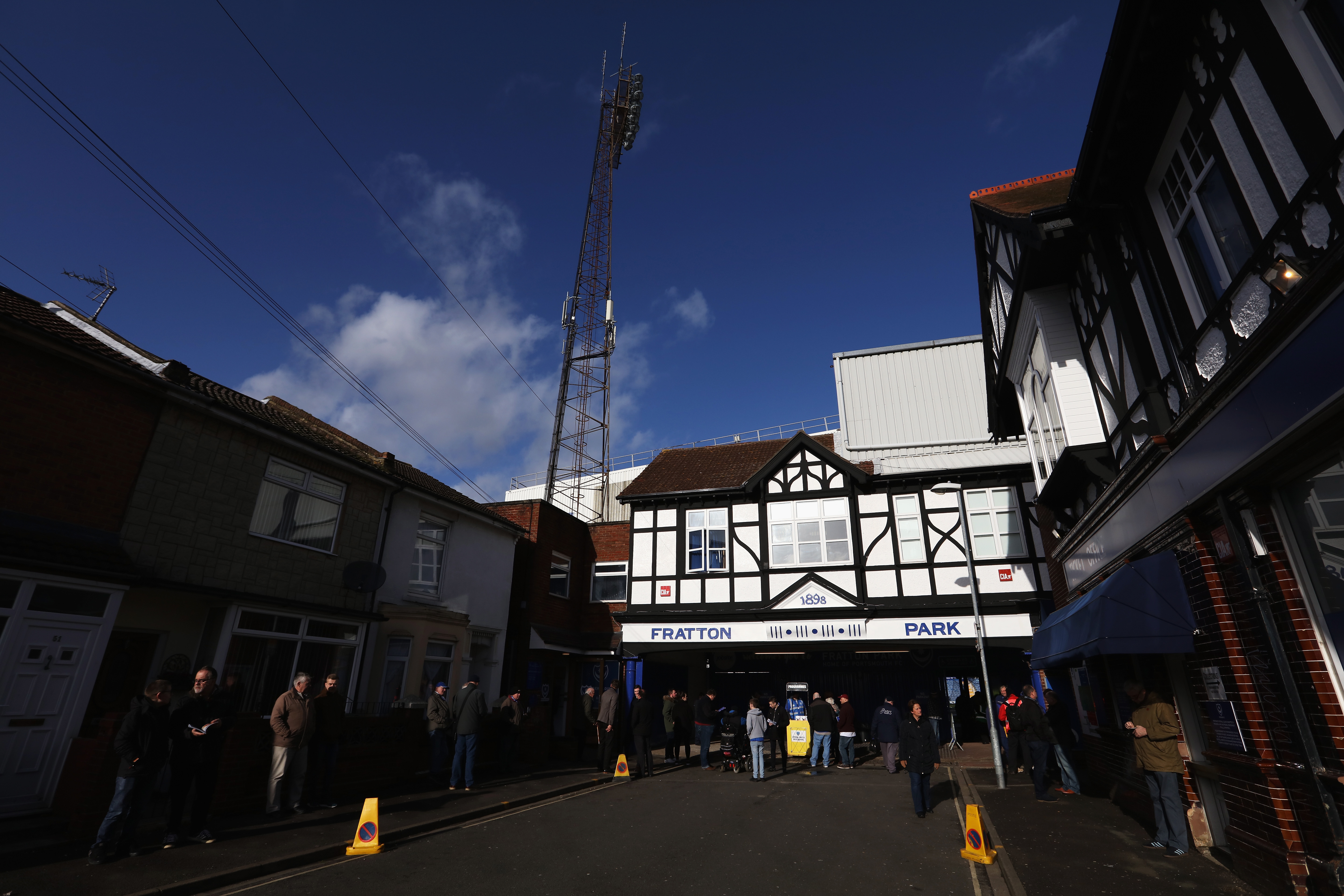
Portsmouth
Capacity 19,700
Opened 1899
Maritime and military, Portsmouth is very English; Fratton is ferociously traditional. Behind the mock-Tudor main entrance is a bastion of Archie Leitch stands, old terraces (now seated) and vociferous support. This ain’t your sanitised Premier League football – and for many it’s all the better for it.
BEST FEATURE The disused old floodlight relocated to the car park as a keepsake–cum-telecom tower.
19. Goodison Park
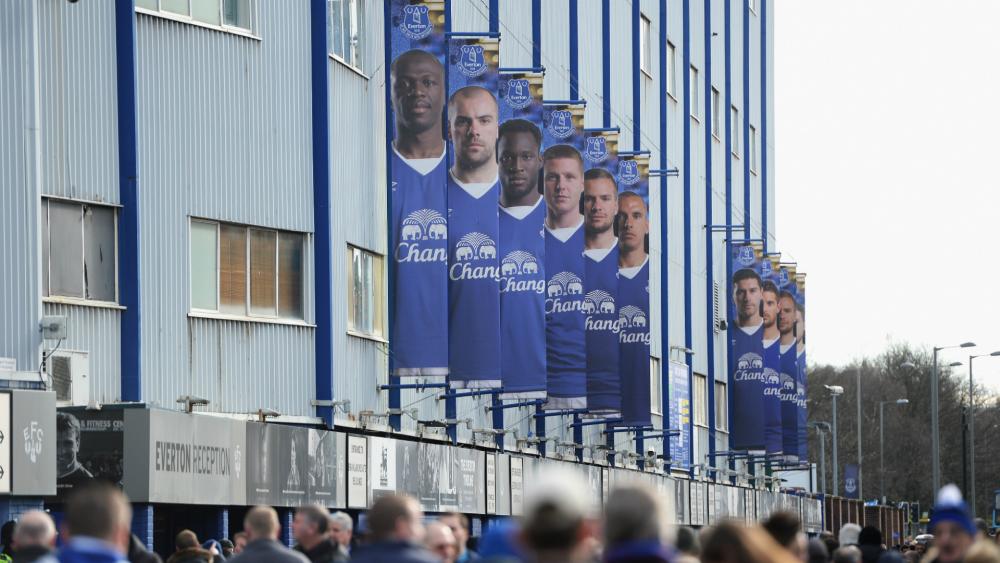
Everton
Capacity 39,414
Get FourFourTwo Newsletter
The best features, fun and footballing quizzes, straight to your inbox every week.
Opened 1892
Everton’s home drips history, from its classic stands with archetypal Leitch cross-braced balconies to St Luke’s Church popping its head from behind the Jumbotron. Sadly but inevitably, the Toffees are leaving the close-packed terraced streets for a swish new dockside home – so soak up this history while you can.
BEST FEATURE Those Leitch cross-braces: bygone beauties.
18. Easter Road
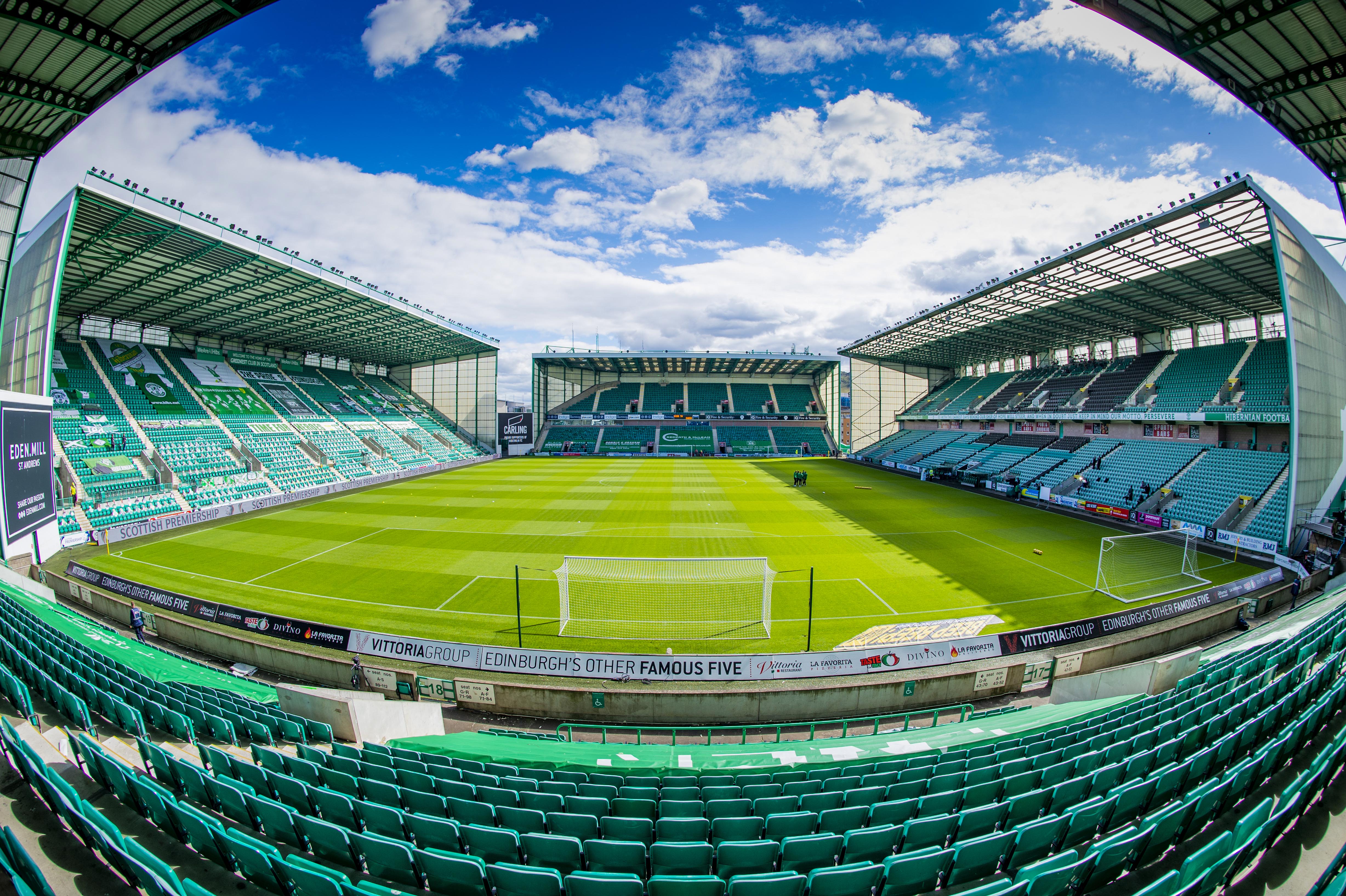
Hibernian
Capacity 20,421
Opened 1893
Embedded in one of Europe’s most densely populated areas, you’re treated to views of Arthur’s Seat – an ancient volcano – at one end, and Leith Docks from the other. Sunshine On Leith sounds superb when belted out from the single-tier East Stand.
DID YOU KNOW? During lockdown, cardboard cutout supporters included celebrity Hibee Andy Murray and 33 kangaroos on behalf of their Australian supporters club.
17. Carrow Road
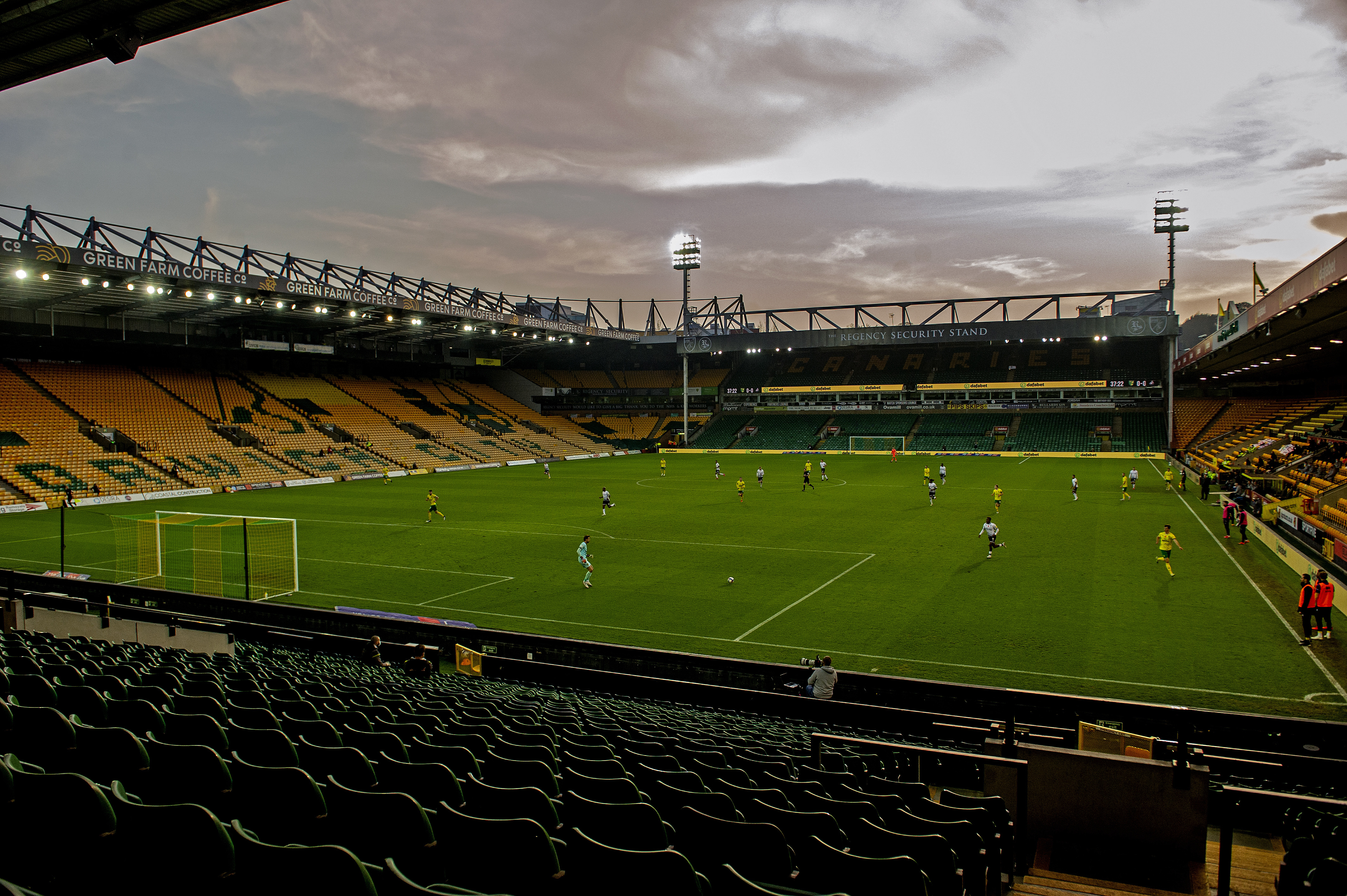
Norwich City
Capacity 27,359
Opened 1935
Chuffed at having built a new ground in 82 days, club officials at the ground’s opening called it the “Eighth Wonder of the World”. A bit much perhaps, but the riverside Carrow Road has tradition (On The Ball City is football’s oldest song) and good views from the South Stand (named after a bloke called South).
BEST FEATURE The rotating phone screen thing. Quirky is good.
16. Elland Road

Leeds United
Capacity 37,890
Opened 1897
Four stands named after legends (Charles, Charlton, Hunter and Revie) frame a bearpit in which the host side delight the locals and terrify the visitors – just as it was in Don Revie’s heyday. A loud, proud ground.
WEIRDEST MOMENT In 1971, Revie became convinced the ground was cursed so hired a “gypsy witch” from Scarborough to perform a cleansing magic spell.
15. The Hawthorns
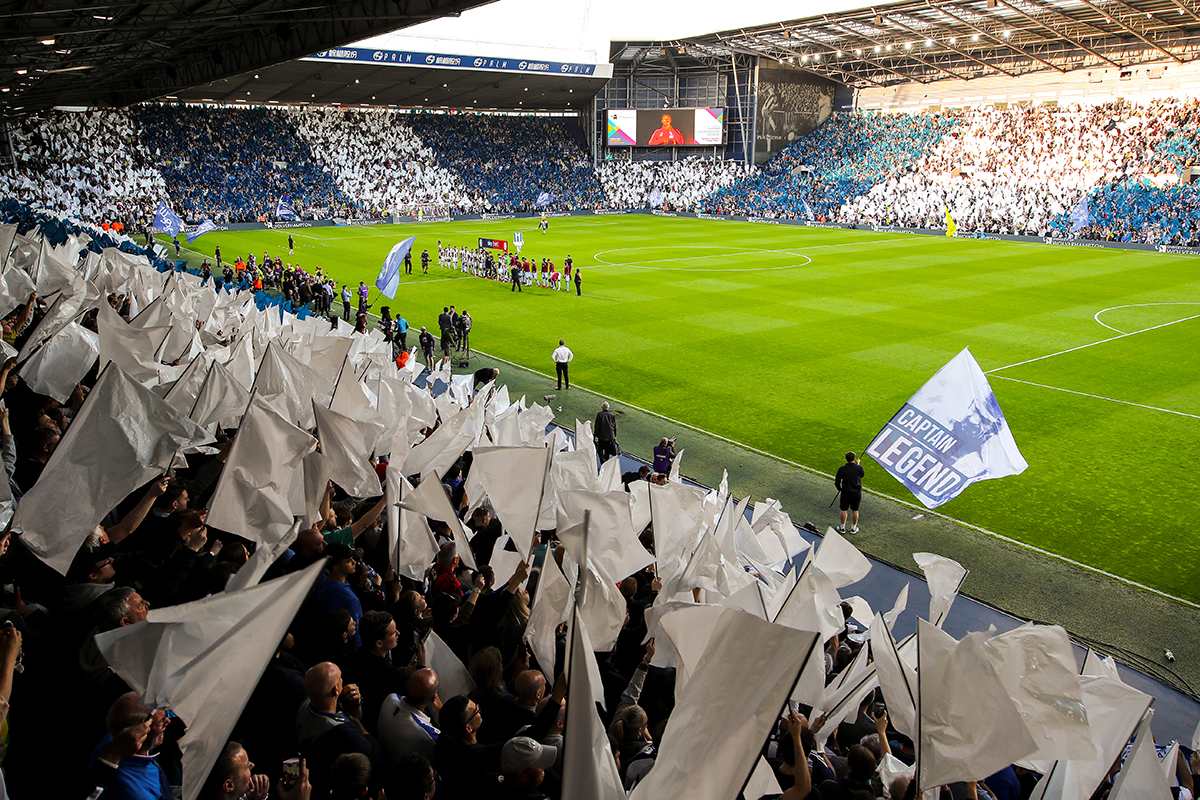
West Bromwich Albion
Capacity 26,850
Opened 1900
The English league’s highest stadium and one of its most evocative names. Once they’d cleared the bushes, they made a marvellous ground which has retained its history despite necessary reinventions down the decades (including, winningly, repurposing the old Handsworth Stand to cover the Brummie Road end).
BEST FEATURE The throstle in the Woodman corner. C’mon, who doesn’t love an enormous avian effigy?
14. The Dripping Pan
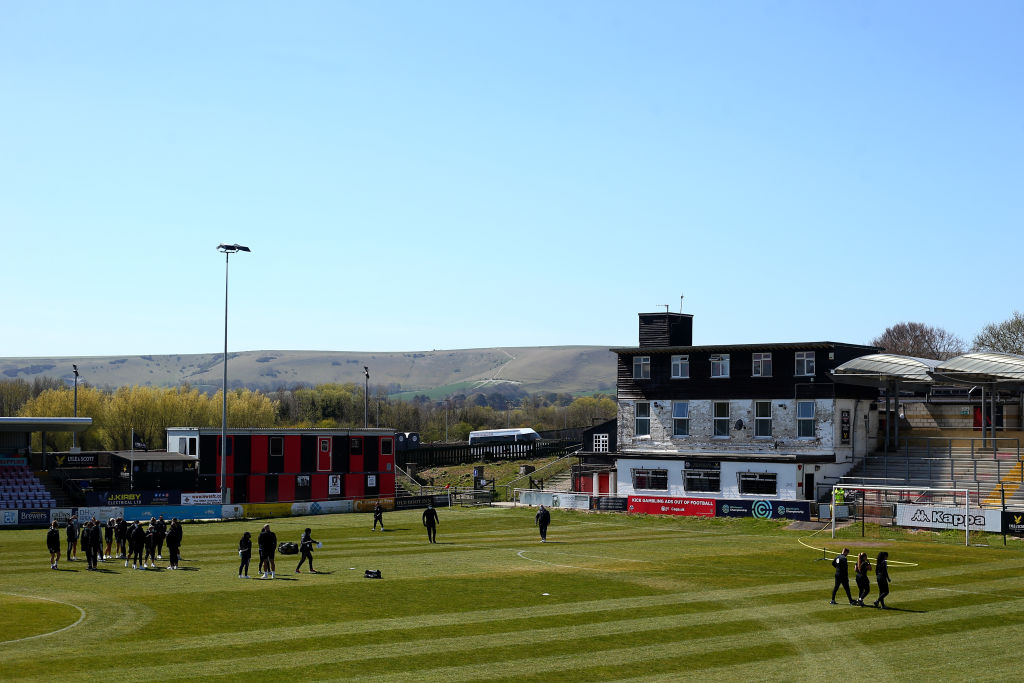
Lewes
Capacity 3,000
Opened 1885
A 15-minute train ride east out of Brighton, The Dripping Pan is set on a salt marsh formerly panned by local monks (hence its name), while its steep, pitch-length grass bank gives the place a fabulous amphitheatre feel. Craft beers and gourmet burgers complete the deal.
DID YOU KNOW? The Day Today actor Patrick Marber was part of the consortium that bought now-fan-owned Lewes.
13. Stamford Bridge
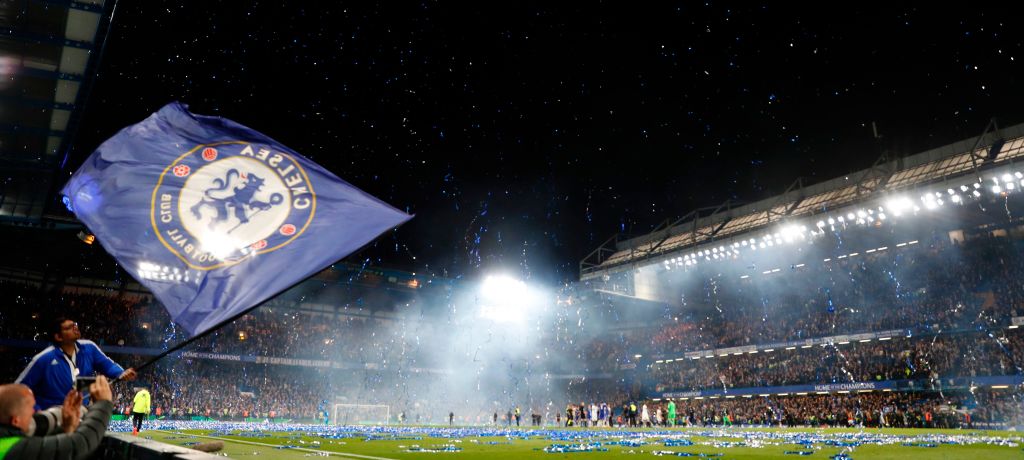
Chelsea
Capacity 40,267
Opened 1877
The ground Fulham turned down and Chelsea still want out of is a fascinating historical document of near-bankruptcy (the East Stand), echoes of hooliganism (the Shed End) and reminders of players unheralded elsewhere (the Spackman and Speedie entrances).
WEIRDEST MOMENT In the 1980s, opinionated owner Ken Bates fought hooliganism by electrifying the perimeter fences – but the council wouldn’t let him switch them on.
12. Bramall Lane
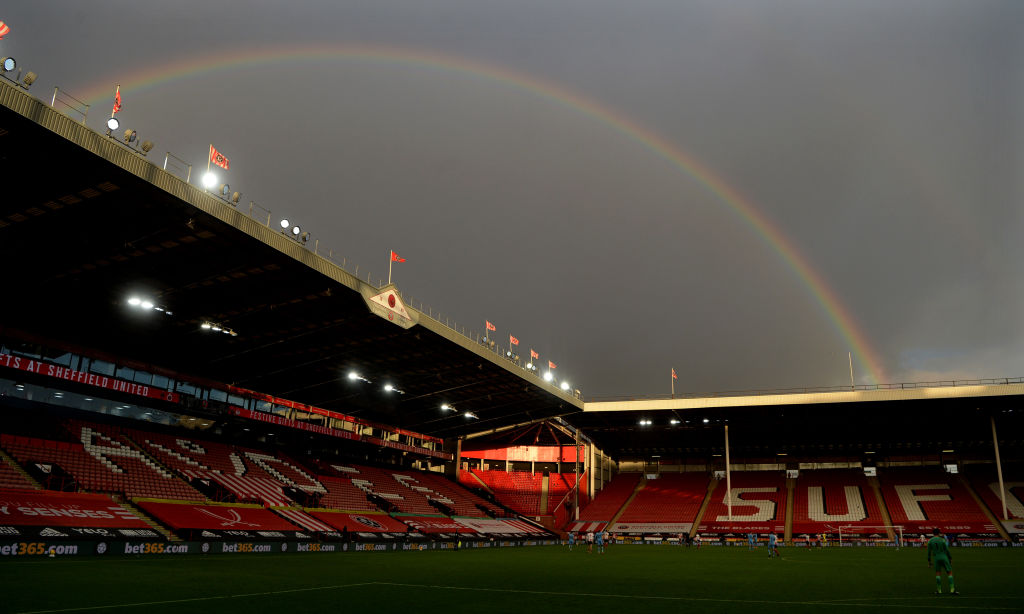
Sheffield United
Capacity 32,050
Opened 1855
A proper football ground, with fans in close proximity to the pitch and a brilliant atmosphere more often than not – particularly in recent years. No frills, but if you want to sample the true essence of English football, this is one of the grounds you should visit.
WEIRDEST MOMENT The 2002 Battle of Bramall Lane, of course – featuring three red cards, various punch-ups and an abandonment with eight minutes left. Peak Neil Warnock.
11. Emirates Stadium
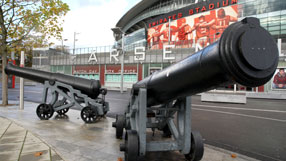
Arsenal
Capacity 60,260
Opened 2006
It took years, but the bold ‘new’ bowl feels like home to Arsenal now. The views and surface are ever-immaculate, while time has allowed it to generate a better atmosphere for big games. Those who mock have never seen it rock.
WEIRDEST MOMENT How the Brazilian national side have randomly claimed the Emirates as their second home, having played eight fixtures at Arsenal’s stadium.
10. Wembley Stadium
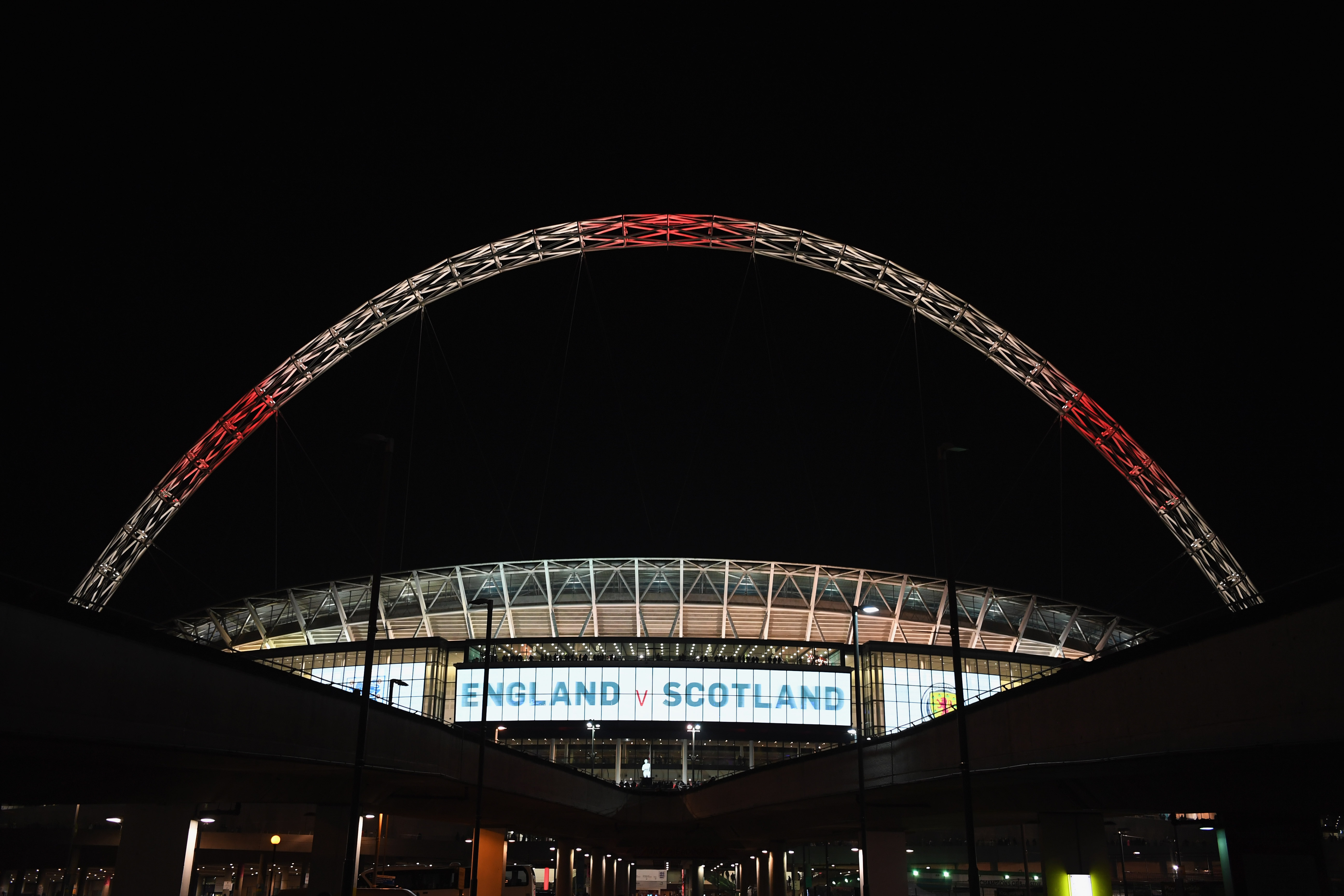
England
Capacity 90,000
Opened 2007
It may have taken 14 years, but Wembley finally felt like a proper home for the England team at Euro 2020. For the first time, the atmosphere inside the ground finally matched its impressive architecture.
BEST FEATURE The arch replaced those iconic Twin Towers of the Old Wembley, but it’s more than just a landmark – it supports the roof structure, removing the need for columns. Every seat has a brilliant view.
9. Tynecastle Park
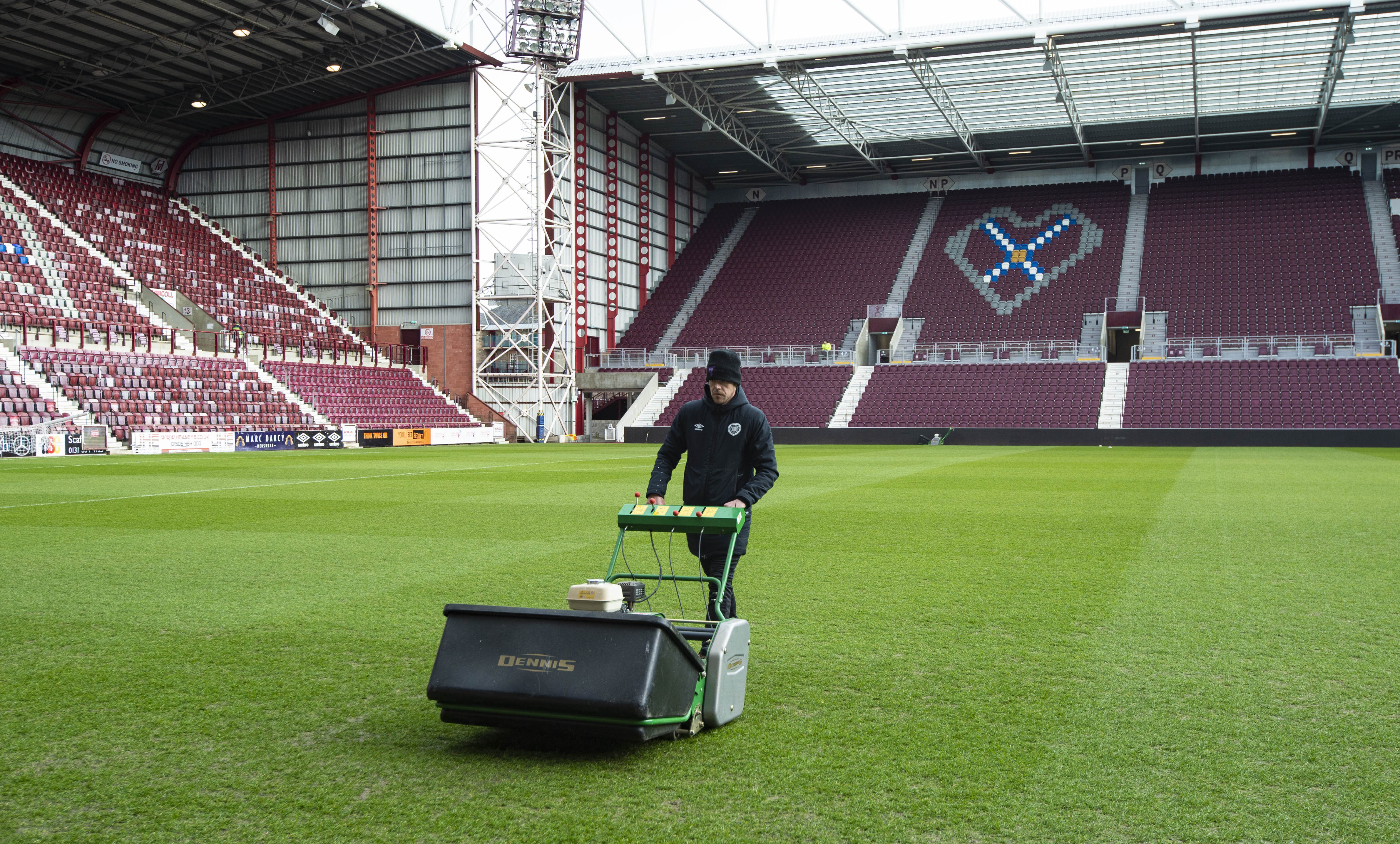
Heart of Midlothian
Capacity 20,099
Opened 1886
Ask Scottish football supporters for their favourite away day, and the chances are most opt for Tynecastle. Well served by public transport, it’s a proper ground stadium – the crowd are almost on top of the players and the steep stands keep the noise in.
DID YOU KNOW? The club’s ambitious redevelopment of their main stand was delayed when they forgot to order seats for it. A bad day at the office.
8. St James' Park
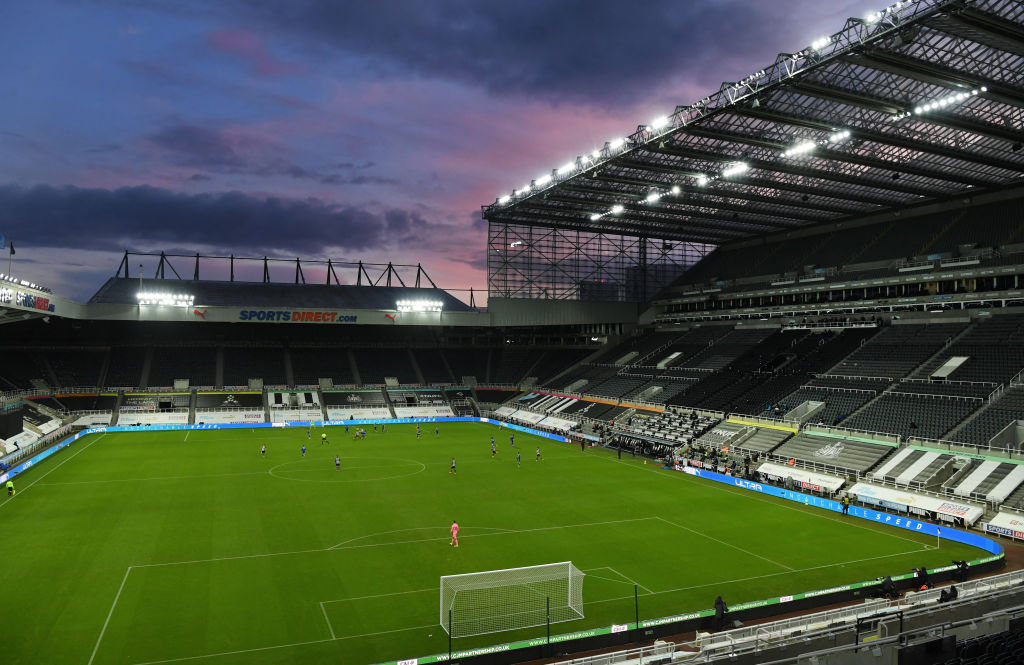
Newcastle United
Capacity 52,305
Opened 1892
The cathedral on the hill, visible from the city centre, is a highlight of the Newcastle skyline. The huge Milburn Stand and Leaves Stand feel like something out of the Camp Nou.
WEIRDEST MOMENT In 2005, Magpies midfielders Kieron Dyer and Lee Bowyer were sent off for fighting… each other.
7. Tottenham Hotspur Stadium
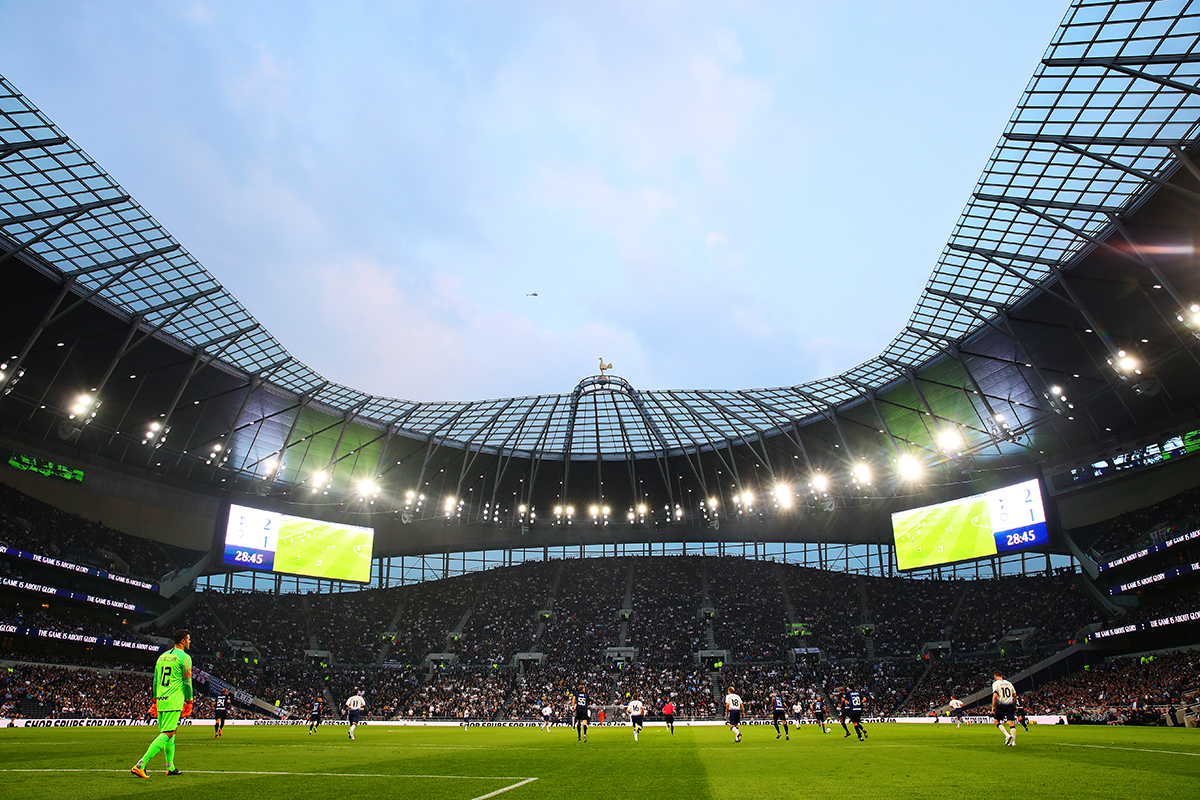
Tottenham Hotspur
Capacity 62,850
Opened 2019
Tottenham’s billion-pound arena features the biggest Kop end in Europe and NFL capability, with a dividing pull-out pitch. It’s the most technologically advanced stadium ever constructed, geared to noise and comfort, and certainly puts the ‘experience’ in matchday experience.
BEST FEATURE An in-house brewery, making the ground the biggest pub in London. They just need a row of sandwich outlets called ‘The Deli Alley’ now. Guys?
6. Villa Park
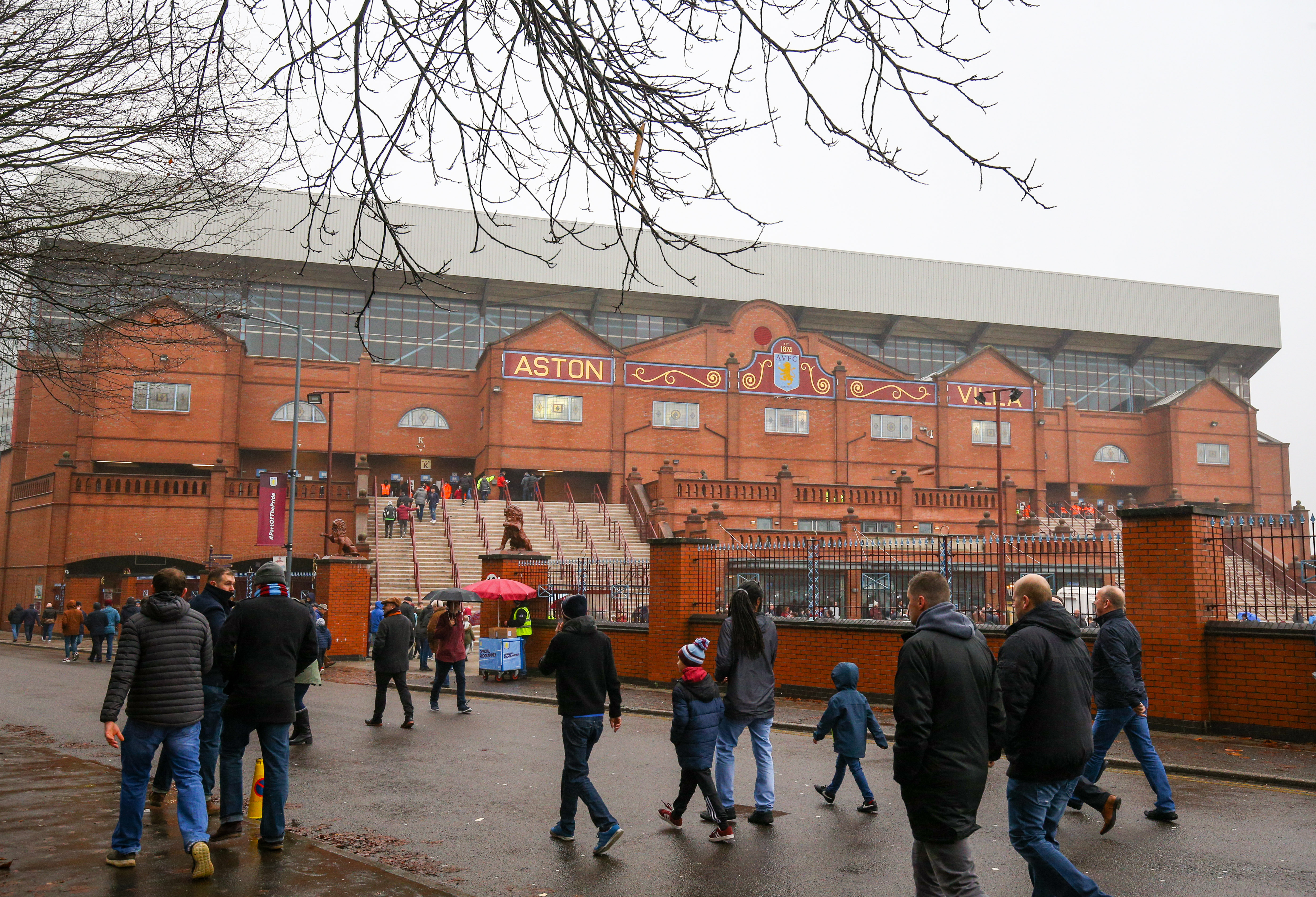
Aston Villa
Capacity 42,785
Opened 1897
From the statue of the Football League founder William McGregor, to the magnificent Holte End, it oozes history. The spiritual home of the FA Cup semi-final is opposite a stately home and its grandness shows Villa are footballing aristocracy.
DID YOU KNOW? England have only played home games at two grounds – Villa Park and Anfield – in all of the 1800s, 1900s and 2000s.
5. Old Trafford
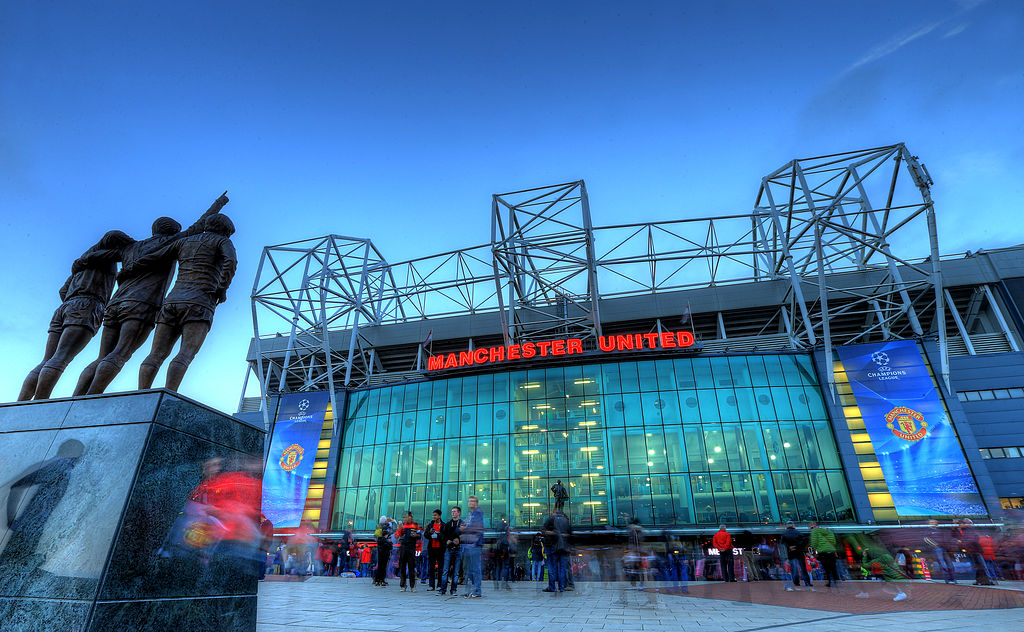
Manchester United
Capacity 74,140
Opened 1910
Bobby Charlton wasn’t wrong in coining the phrase the Theatre of Dreams. England’s first holistically planned stadium was reborn in the cantilever era and again for the post-Taylor Report epoch.
WEIRDEST MOMENT Technically, Old Trafford holds the record for the lowest-ever Football League attendance: just 13, for Stockport vs Leicester in 1921 – although in truth, many more stayed behind after Manchester United’s preceding match against Derby.
4. Craven Cottage
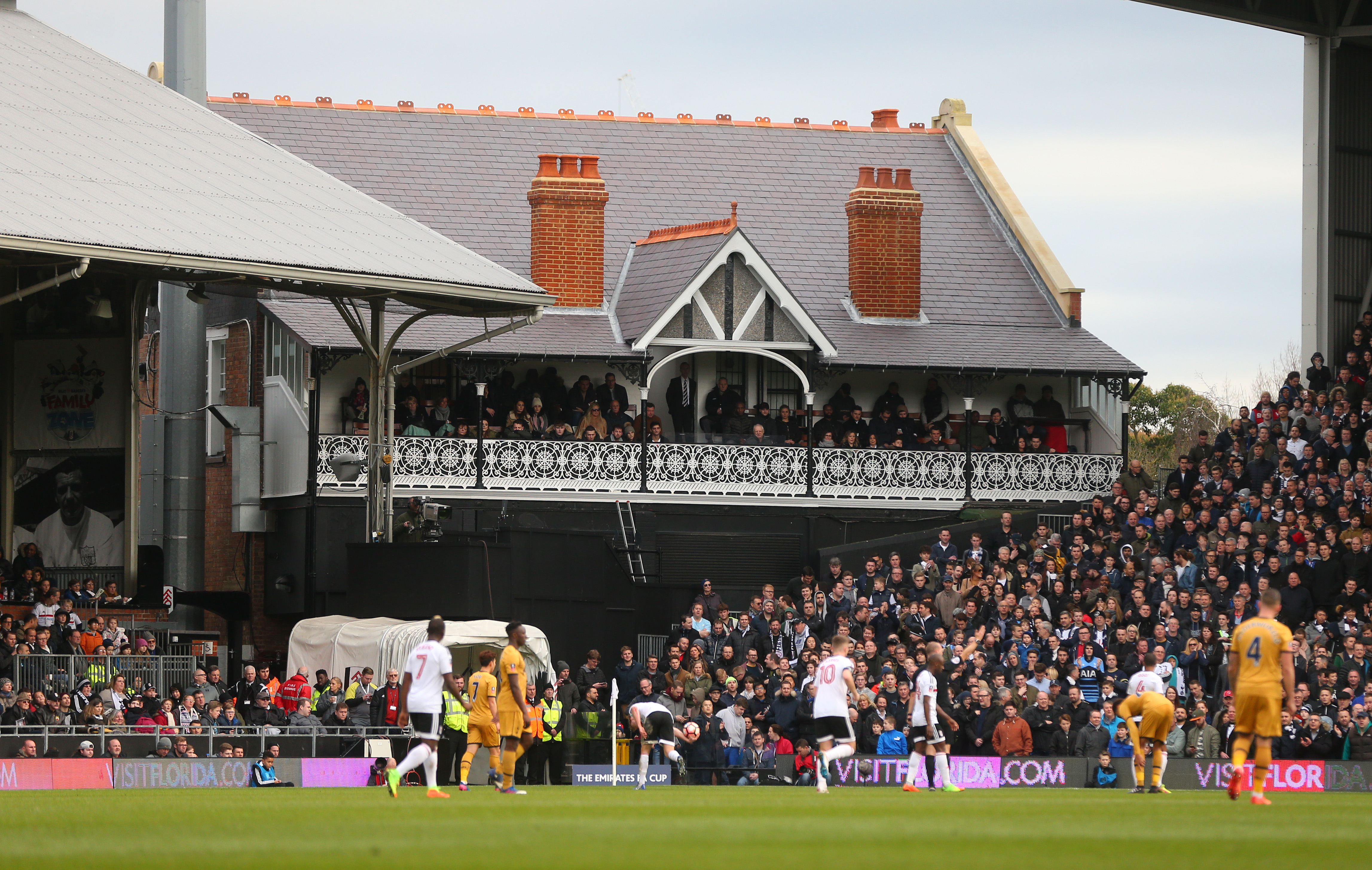
Fulham
Capacity 19,359
Opened 1896
London’s oldest ground is an away fans’ delight. Its famous cottage doubles up as the changing rooms, while the turnstiles for all four stands are uniquely on the same road. Its acoustics are poor, but the old ground was rocking for Fulham’s 2009-10 Europa League run.
DID YOU KNOW? Plans for the redevelopment of the Riverside Stand have included a rooftop swimming pool.
3. Anfield
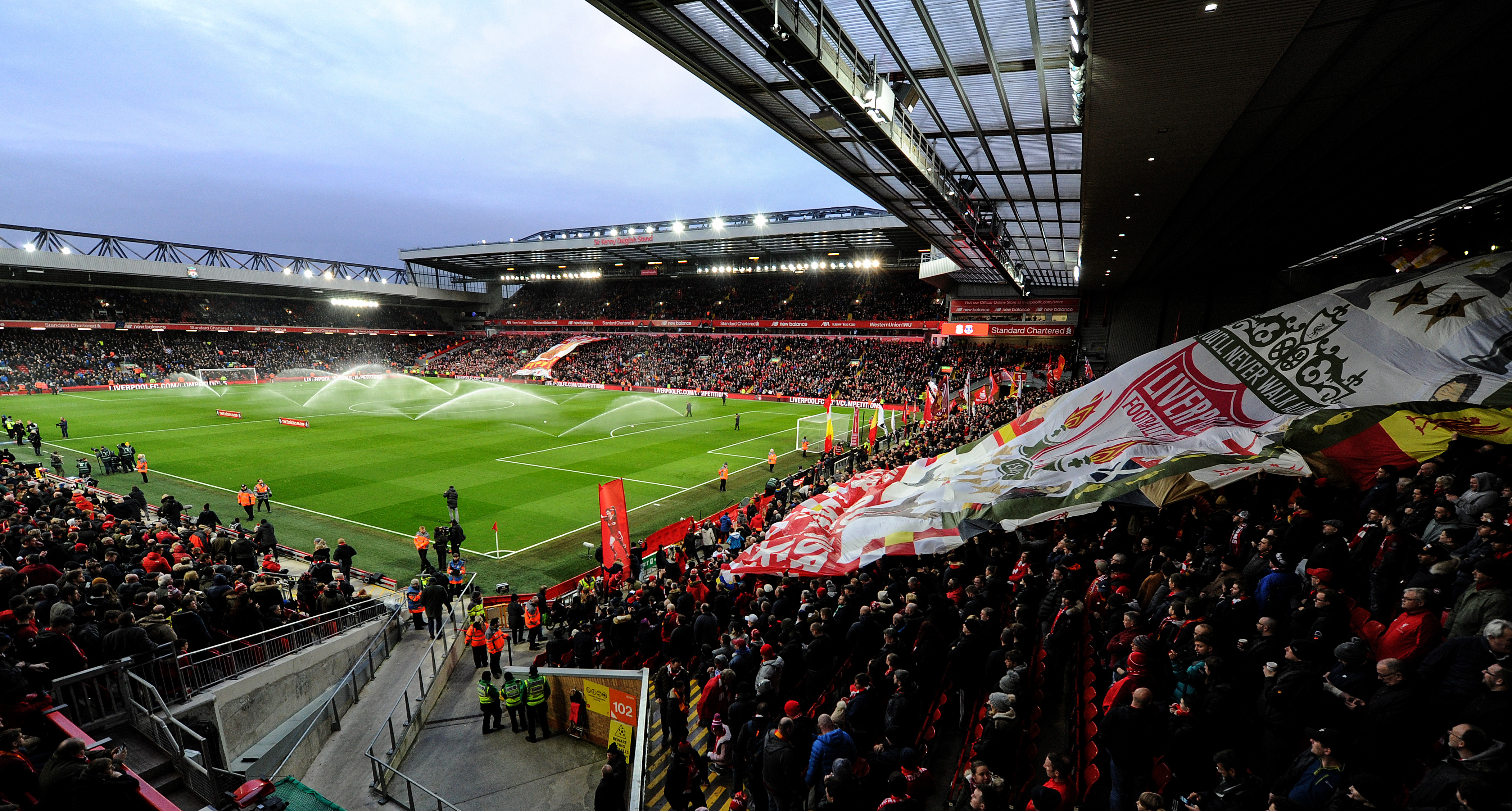
Liverpool
Capacity 57,000 (as of December 2023)
Opened 1884
Everton’s exit over a rent squabble left Anfield available; it’s now one of the world’s most storied homes (especially on Those Midweek European Nights). The huge Kop terrace popularised witty chanting, and the stands around it have been raised to meet sky-high expectations.
WEIRDEST MOMENT In July 1987, a 15x20ft section of the Kop collapsed into the Victorian sewer below.
2. Celtic Park
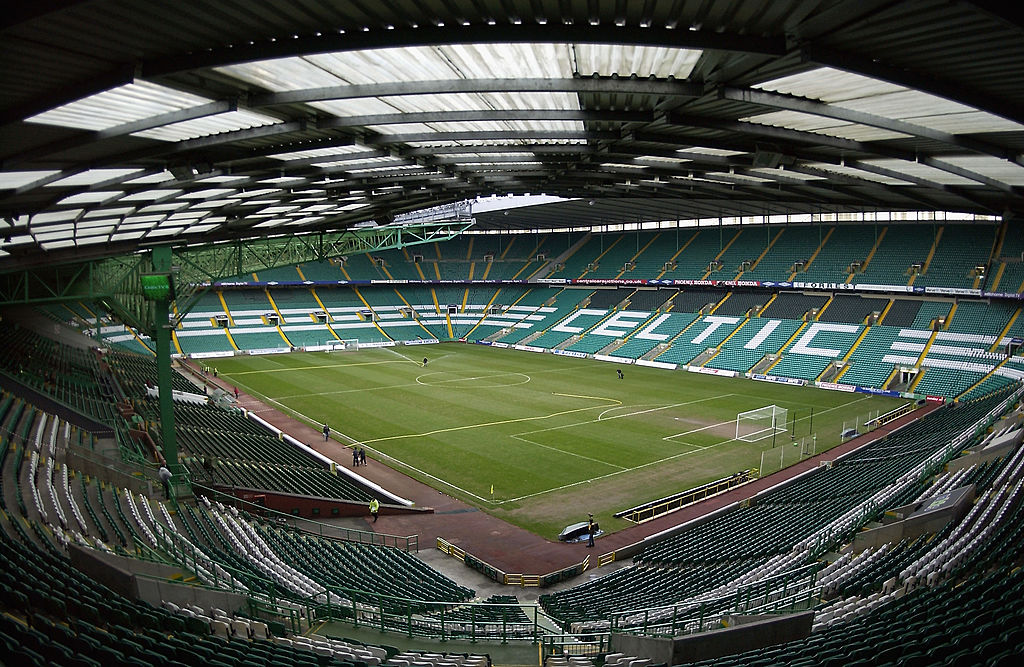
Celtic
Capacity 60,411
Opened 1892
The greats have lined up to rave about the electric atmosphere generated in Glasgow’s East End for big games. Steven Gerrard might think differently now, but he once said, “For an opposition player it’s quite incredible. I’ve not seen a better atmosphere.”
BEST FEATURE The redeveloped Celtic Way – the area directly outside the stadium – includes a statue of legendary former manager Jock Stein. His famous “football without the fans is nothing” quote became especially apt amid the COVID crisis.
1. Ibrox
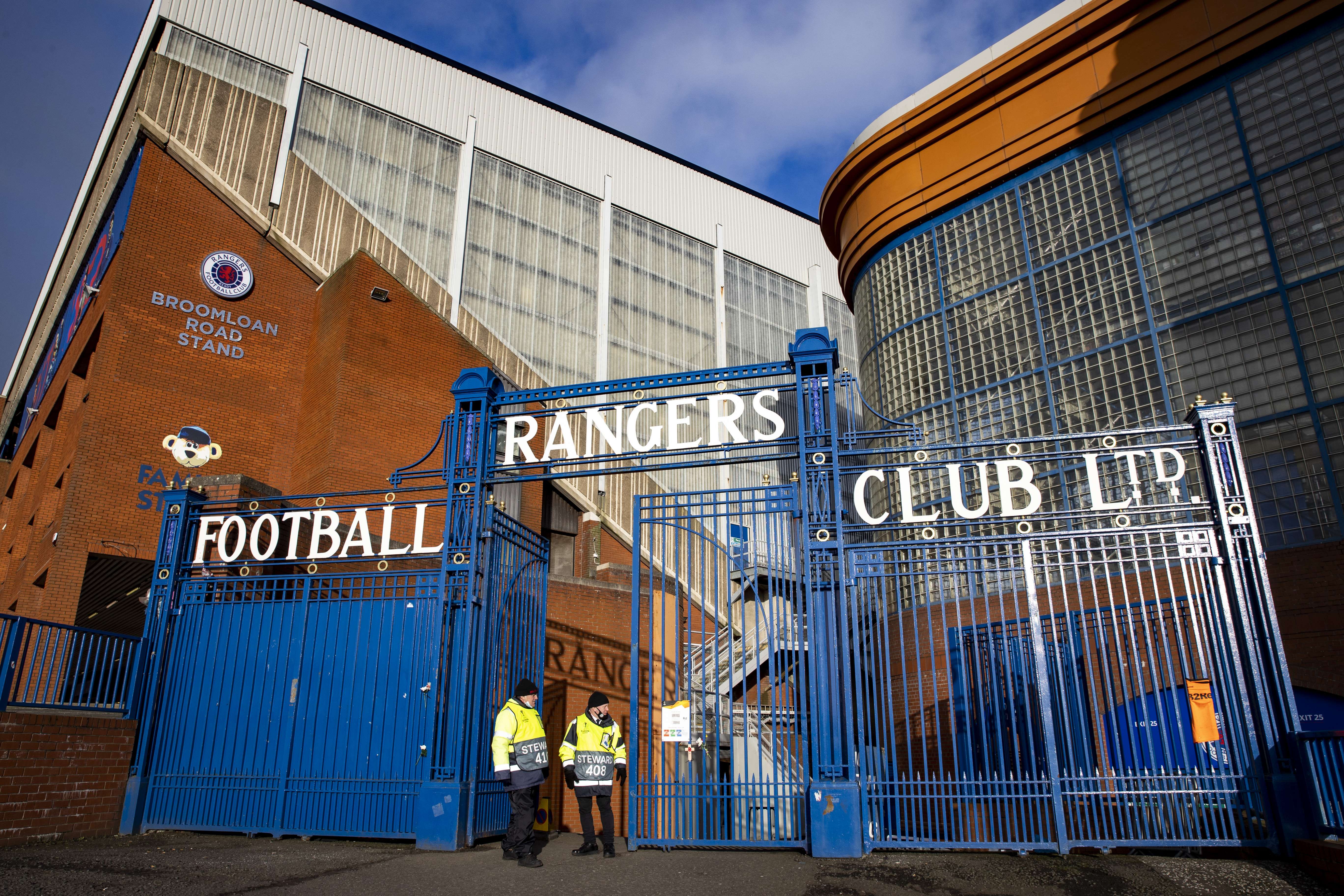
Rangers
Capacity 50,817
Opened 1899
If you’re looking for the best atmosphere in British football, Glasgow is the place. For its sheer vibrancy, passion and intensity, on and off the pitch, nothing on these shores compares to the matchday experience at an Old Firm fixture. Few games in the world can equal it – arguably only Boca Juniors versus River Plate.
Big European nights at Ibrox and Celtic Park are pretty special too, as various legends like Lionel Messi and Gigi Buffon have attested over the years. There’s very little to choose between the two grounds, and FFT does its best to maintain neutrality on all Rangers vs Celtic matters, but by the sheer nature of a list like this, there has to be a number one (inevitably dooming us to a deluge of angry letters).
Ibrox just about takes top spot, even though its capacity is smaller by around 10,000. Fans are close to the pitch on all sides of the ground, with good views from pretty much anywhere. Three sides of the stadium are aesthetically smart, modern two-tiered affairs, while the main stand provides the nod to history – and not only because it’s named after legendary manager Bill Struth.
Designed by legendary architect Archibald Leitch, the three-tiered stand is a Category B listed building with an impressive red brick facade that backs straight on to the main road, and a plush interior which includes a famous marble staircase leading to the boardroom and trophy room.
Just about within walking distance of the city centre, the local area is abuzz on matchday. Inside the ground it’s even more raucous – they don’t call it The Ibrox Roar for no reason. Whichever of the two Glasgow grounds you choose, visit for a big game if you can – you may not see anything like it elsewhere.
DID YOU KNOW? Ibrox holds the record attendance for any league match in Britain – 118,567 people saw Rangers face Celtic in 1939.
Subscribe to FourFourTwo today and save over a third on standard price.
Restock your kit bag with the best deals for footballers on Amazon right now
ALSO READ
LIST Football Manager 2022: All the FM22 wonderkids you'll need to sign
RANKED! The 50 best managers in the world
QUIZ Can you guess 50 correct answers in FourFourTwo's Big 2021 quiz?
Current page: The 100 best football stadiums in Britain: 20-1
Prev Page The 100 best football stadiums in Britain: 40-21
Chris joined FourFourTwo in 2015 and has reported from 20 countries, in places as varied as Jerusalem and the Arctic Circle. He's interviewed Pele, Zlatan and Santa Claus (it's a long story), as well as covering the World Cup, Euro 2020 and the Clasico. He previously spent 10 years as a newspaper journalist, and completed the 92 in 2017.
